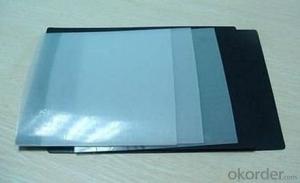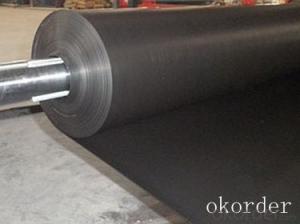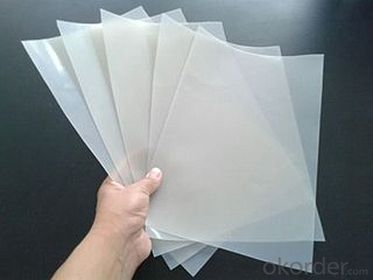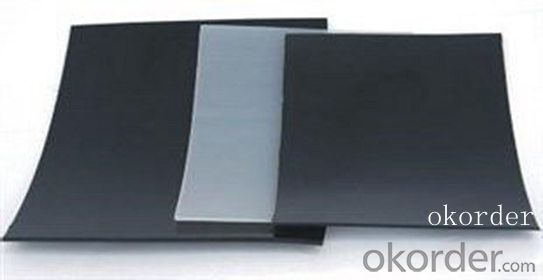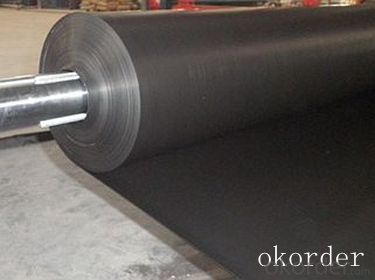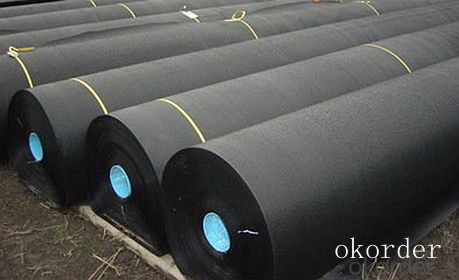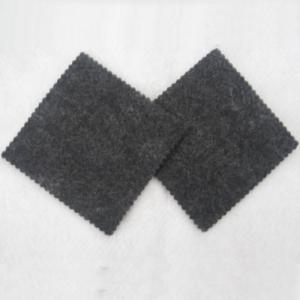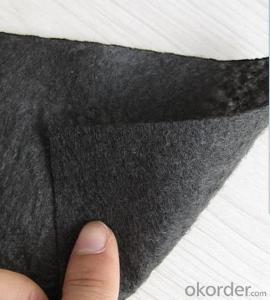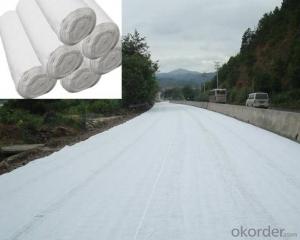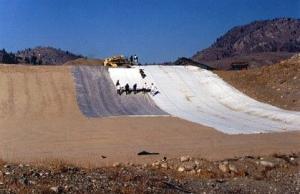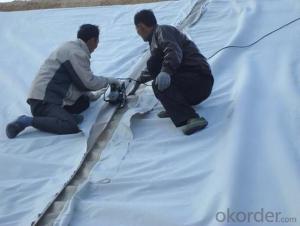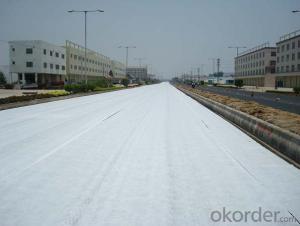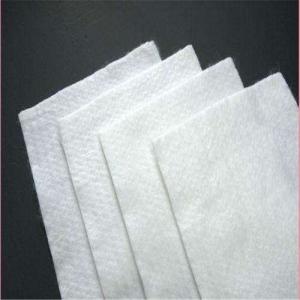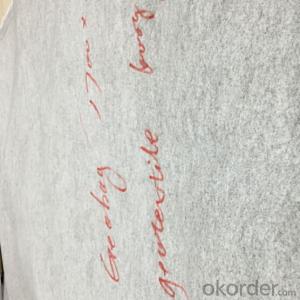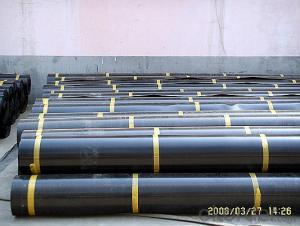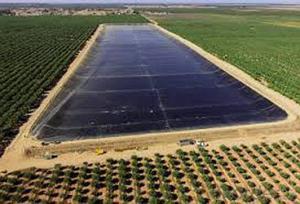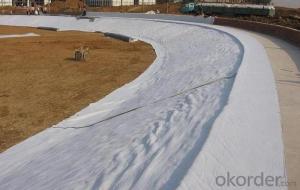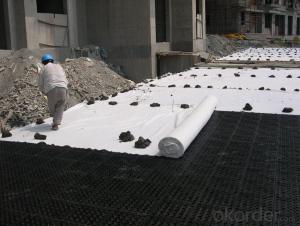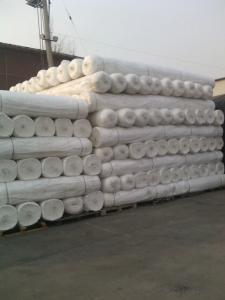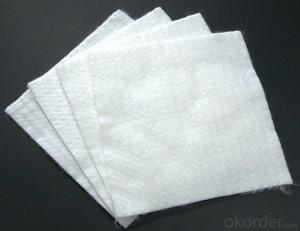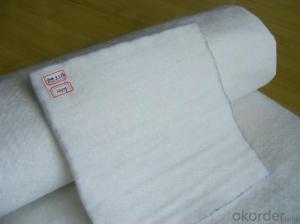Silt Fence Geotextile Polyvinyl Chloride Geomembrane Environmental Engineering with Best Quality Polypropylene
- Loading Port:
- China main port
- Payment Terms:
- TT OR LC
- Min Order Qty:
- 1000 m²
- Supply Capability:
- 1000000 m²/month
OKorder Service Pledge
OKorder Financial Service
You Might Also Like
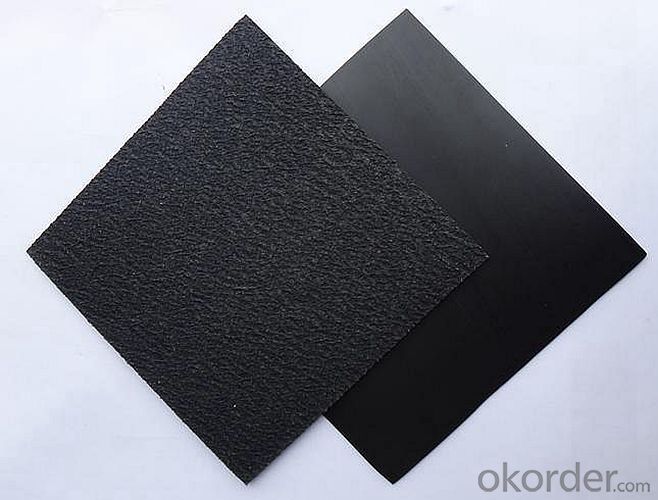

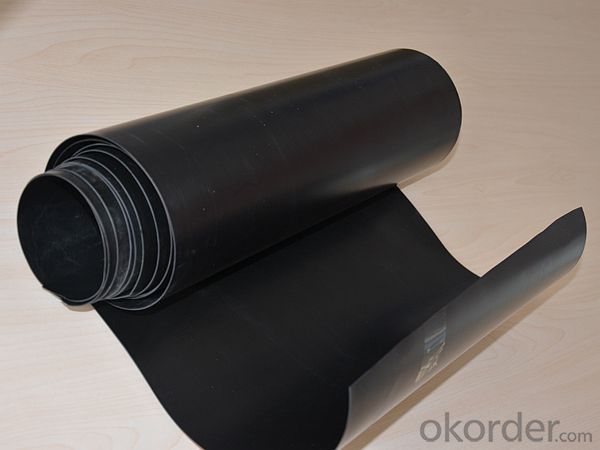
Product Introduction
Geomembrane with impermeable plastic film as a substrate, and non-woven geotextile composite made of impermeable material, which depends on the seepage properties of a impermeable plastic film performance. Is a kind of polymer chemistry flexible material, the proportion of small, extensible stronger ability to adapt to high deformation. Corrosion resistance, low temperature, frost good performance. Have better resistance to erosion, are not afraid of acid, alkali and salt erosion.
Thickness:
1mm-3mm
Length:
50-200m as customers' request
Width:
4m~9m
Standard:
ISO, CE
Feature:
Chemical Resistant
Surface:
Textured Surface
Product name:
hdpe geomembrane manufacturers
Keyword:
hdpe geomembrane manufacturers
FAQ:
Q: What kind of payments does jenor support?
A: T/T, L/C, Cash are accepted.
Q: Do you charge for the samples?
A: Accordeing to our company policy, the samples are free, we only charge the freight fee. And we will return the freight fee during the next order.
Q: Can you produce according to customers' design?
A: Sure, we are professional manufacturer, OEM and ODM are both welcome.
Q: Do you have other products?
A: Yes, please check the pictures:
- Q: Heap half a month later in the mound inside dug a tree tree hole, a heavy rain, a region which has two trees in the area of water, to several days of talent, which is normal, please expert advice, More
- So that you can get a 2-3 cm wide trail, from high to low, once again after the rain, so that the water may be smaller, if there is any doubt you can find a professional company asked, Tsinghua waterproof building materials, professional Waterproof construction technology.
- Q: Can geotextiles be used in underground applications?
- Yes, geotextiles can be used in underground applications. They are commonly used to separate, filter, and reinforce soils in various underground projects, such as drainage systems, roadways, retaining walls, and tunnels. Geotextiles help to improve soil stability, prevent soil erosion, and provide effective drainage, making them a valuable component in underground construction.
- Q: Can geotextiles be used for reinforcement of embankments?
- Yes, geotextiles can be used for reinforcement of embankments. Geotextiles are commonly used as a separation, filtration, and reinforcement material in civil engineering applications. They can be placed between the soil layers to improve stability, prevent soil erosion, and enhance the overall strength of embankments.
- Q: Can geotextiles be used in foundation drainage systems?
- Yes, geotextiles can be used in foundation drainage systems. Geotextiles are commonly used as a filter fabric to prevent soil particles from clogging drainage pipes and to promote water flow within the system. They can effectively enhance the performance and longevity of foundation drainage systems by improving water drainage and preventing soil erosion.
- Q: Can the roof waterproof with geotextiles?
- It is generally believed that the individual geotextile does not have the anti-seepage effect, the main assessment index is the permeability coefficient, the general geotextile coefficient is higher than the ordinary soil, about 0.01-0.001 look, but geotextiles and rubber, Asphalt, plastic will form a combination of impermeable composite, anti-seepage effect increased by 10 times, and asphalt, rubber combined into a waterproof
- Q: How do geotextiles help in reducing the risk of soil liquefaction?
- Geotextiles help in reducing the risk of soil liquefaction by providing reinforcement and stabilization to the soil. When geotextiles are installed in areas prone to liquefaction, they act as a barrier between the layers of soil, preventing the movement and flow of water. This restricts the buildup of excess pore water pressure within the soil, which is a major factor in causing soil liquefaction. Additionally, geotextiles improve the overall strength and cohesion of the soil, making it less susceptible to liquefaction under seismic or water-induced loading.
- Q: How do geotextiles contribute to soil compaction control?
- Geotextiles contribute to soil compaction control by providing a barrier between the soil and any applied load or traffic. This helps distribute the load more evenly, reducing the pressure on the soil and minimizing compaction. Additionally, geotextiles can improve soil drainage, allowing excess water to flow away, which also helps prevent compaction.
- Q: How do geotextiles help in preventing the migration of fine particles in soils?
- Geotextiles help in preventing the migration of fine particles in soils by acting as a barrier or filter. These textile materials are designed to have a high permeability, allowing water to flow through while retaining the fine particles within the soil. This prevents erosion and the movement of soil particles, thereby stabilizing the soil structure and preventing soil degradation.
- Q: Road overhaul of the original concrete pavement after shaving asphalt, anti-cracking is geotextile or geogrid more
- To see the specific situation, the general use of grille, I am specializing in the production of geotechnical materials
- Q: What are the considerations for geotextile selection in coastal engineering projects?
- When selecting geotextiles for coastal engineering projects, several considerations need to be taken into account. First, the geotextile should have a high tensile strength and durability to withstand the harsh coastal environment, including wave action and fluctuating water levels. It should also possess excellent filtration properties to prevent the migration of fine particles while allowing water to pass through. Additionally, the geotextile's permeability and hydraulic conductivity should be considered to ensure proper drainage and avoid the buildup of hydrostatic pressure. The material's resistance to biological degradation and UV radiation is crucial for long-term performance. Lastly, the geotextile should be compatible with the surrounding materials and easy to install and maintain, minimizing disruptions to the coastal ecosystem and reducing overall project costs.
Send your message to us
Silt Fence Geotextile Polyvinyl Chloride Geomembrane Environmental Engineering with Best Quality Polypropylene
- Loading Port:
- China main port
- Payment Terms:
- TT OR LC
- Min Order Qty:
- 1000 m²
- Supply Capability:
- 1000000 m²/month
OKorder Service Pledge
OKorder Financial Service
Similar products
Hot products
Hot Searches
Related keywords
